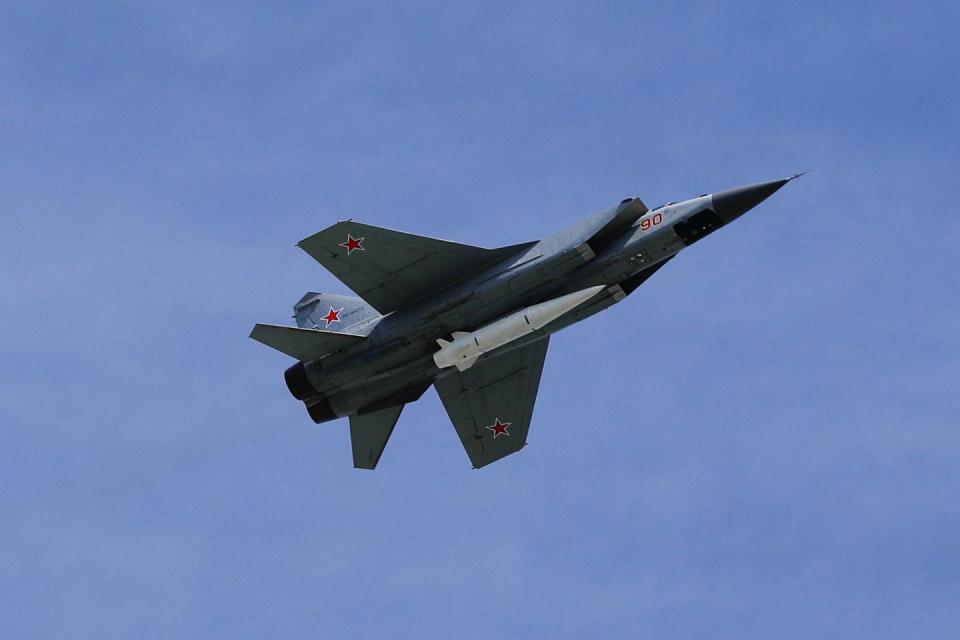U.S. Air Force Pushing for Hypersonic Strike Weapo

The U.S. Air Force awarded major defense contractor Lockheed Martin a $928 million contract to develop a weapon designed to fly more than five times faster the speed of sound. These hypersonic weapons are designed to overwhelm enemy defenses with blistering speed and provide the capability to strike targets where the time window is tight.
The contract, announced by Air Force Magazine among others, is in support of the Air Force’s hypersonic conventional strike weapon (HCSW) project, pronounced “Hacksaw.” Little is known about the HCSW project other than it exists.
According to Air Force Magazine there is a second, equally mysterious Air Force project called the Air-Launched Rapid Response Weapon, or ARROW. The Defense Advanced Research Projects Agency (DARPA), meanwhile, is working on two other projects, the Tactical Boost-Glide (TBG) and Hypersonic Air-breathing Weapon Concept (HAWC), and the U.S. Navy has its own hypersonic programs.
By definition, hypersonic weapons can travel at least five times the speed of sound. This is typically achieved by the use of scramjets, which use an aircraft’s forward motion to shovel air at supersonic speeds into the engine, causing thrust. One big problem with scramjets, however, is their inability to operate at slower speeds. Instead, a booster vehicle typically carries them to a height and altitude where the engine can take over.
There are two major hypersonic weapon concepts that we know of. One involves a hypersonic scramjet carried aloft by a large aircraft as a wing-mounted missile. Once the parent aircraft is going fast enough that the scramjet will ignite, it launches the missile. The X-43A "Hyper X", a NASA project from the early 2000s (see main photo) used this concept. The name of the new Air-Launched Rapid Response Weapon suggests the Air Force’s ARROW also uses this scheme.
A second concept involves placing a hypersonic weapon at the tip of a ground-launched ballistic missile. The rocket accelerates the weapon to speeds where the scramjet can take over, and to such a high altitude that the weapon glides back down to the target at hypersonic speeds. If the Air Force is researching both concepts, this could be the tech behind “Hacksaw.”

The U.S. Military is racing to catch up in the field of hypersonic weapons. China and Russia have both conducted tests of these extremely fast weapons as an asymmetric response to American military superiority. China’s DF-ZF boost glide weapon has undergone multiple test shots, flying from the Wuzhai Missile Test Center in central China to Inner Mongolia. The DF-ZF uses a DF-21 intermediate range ballistic missile as a booster and flies at speeds of 4,000 to 7,000 miles an hour.
Russia's Avangard hypersonic glide vehicle is expected to enter service in 2020. Unlike the Chinese weapon, Avangard would almost certainly involve a nuclear weapon designed to operate under U.S. ballistic missile defenses.
Russian President Vladimir Putin says Avangard has a top speed of Mach 20, or twenty times the speed of sound. Russia has also announced the development of the Kinzhal hypersonic weapon, which is actually an ground-launched Iskander short-range ballistic missile fitted to a MiG-31. While both projects are real and Kinzhal has undergone tests, it would be wise to take Russian estimates for fielding dates with a grain of salt.
You Might Also Like

